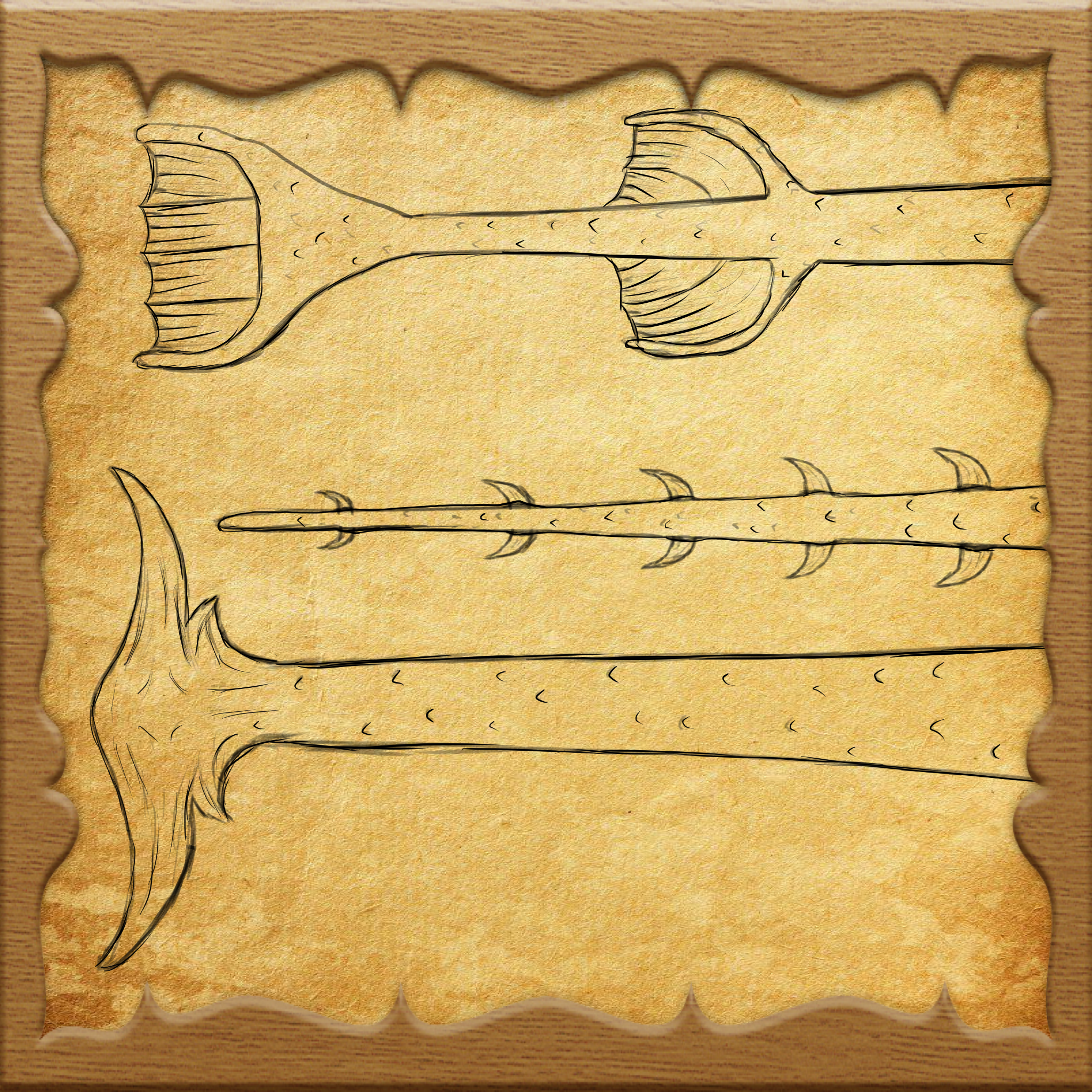Dragons
The mighty dragons are some of the most fearsome creatures on Omeria. But even though some of them thrive on terrorizing towns and cities, not all of the creations of Morag are evil.
Basic Information
Anatomy
Draconic anatomy can vary a lot as the species is magical in origin, making it very adaptable to different environments. This goes doubly for some of the subspecies, such as Wyverns, where this trait has gone to the extreme. However, for true dragons there are some common elements.
Genetics and Reproduction
In my research on dragons, few things have been so hard to find consensus on as the topic of children. Every dragon, even within the same colouration, seems to have a different opinion on them. The debate on whether they are a blessing or a curse often makes it impossible to figure out how they actually get them in the first place.
Remy Cassissus
Not much is known about draconic reproduction, though there are many theories around it. What is known is that dragons are fiercely protective of their offspring and rarely seem to have more than one wyrmling. This often leads to conflict when mages or adventurers seek out dragon eggs for their powerful magical properties.
Dragons actually reproduce asexually. Once a dragon reaches adulthood, their bodies automatically produce an egg. This single egg is the only child a dragon will get to bear through their entire life. Therefore, dragons are fiercely protective of their offspring. However, many dragons see a descendant as a potential threat and choose to eat the egg instead. As dragon-eggs are heavily invested with magic, this can drastically change the dragon and make them much more powerful and dangerous. Some dragons also steal eggs from others in order to have more children to raise, or to get a second chance after losing their first wyrmling.
Growth Rate & Stages
A dragon's lifespan has no natural limit and legends say that some of Morag's first creations still survive to this day. However, at the beginning of their lifespan, a dragon wyrmling can be measured up against a large dog, though their physical traits already vary. Some dragons are born without wings or tails, the limbs instead growing in as they move towards the middle of their first decade (by the Verillantin Calendar). Once they live past the first decade, a dragon's main physical characteristics are fully developed, and though they are nowhere near their full size yet, many young dragons outsize a large horse. Over the course of the next century, the dragon grows further, outsizing most all other creatures before it reaches a hundred. Then, as the dragon reaches adulthood, the growth slows down significantly, and it often takes as much as another seven hundred years before they reach their full-grown stage and become known as ancient dragons. From that point onwards, they don't grow much (barring any magical changes of course).
Dragon eggs often have draconic symbols carved into them. Whether this is done by the parent, or is a natural feature is still unknown
Sometime before reaching ancient status, most dragons also learn how to shapeshift. Probably as a part of them mastering their adaptability to different environments, they learn to control their own body so well that they can perfectly, or at least nearly perfectly, imitate other species. However, this is not the same as true shapeshifting, as very few dragons ever manage more than a single form, usually humanoid.
Dietary Needs and Habits
Dragons appear to be omnivores, though most of them prefer a heavily meat-based diet. As they grow older, they eat less and less often, instead preferring to have large meals. This is probably linked with their growth.
Additional Information
Social Structure
Most dragons prefer to lead solitary lives alone in their lairs with only their servants (or prizes) as company. If they are going to meet someone, they very much prefer to do it on their terms, as most dragons hate surprises, instead wishing to control every aspect of their lives. However, some dragons (especially good-aligned ones) might settle down in a humanoid city and live there disguised as an advisor or businessperson.
Perception and Sensory Capabilities
In order to stalk their prey from high in the skies, dragons have keep eyesight. They also have the ability to see very well in darkness, and some ancient dragons even develop a form of truesight, using their natural connection to magic to see between the web that separates The Material and Ethereal Worlds.
Remove these ads. Join the Worldbuilders Guild











Comments